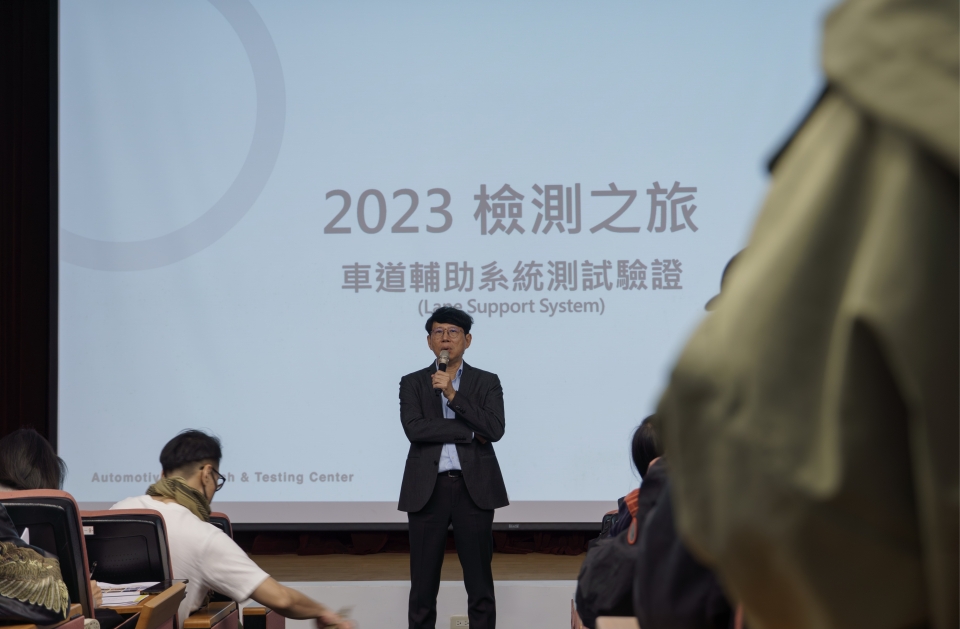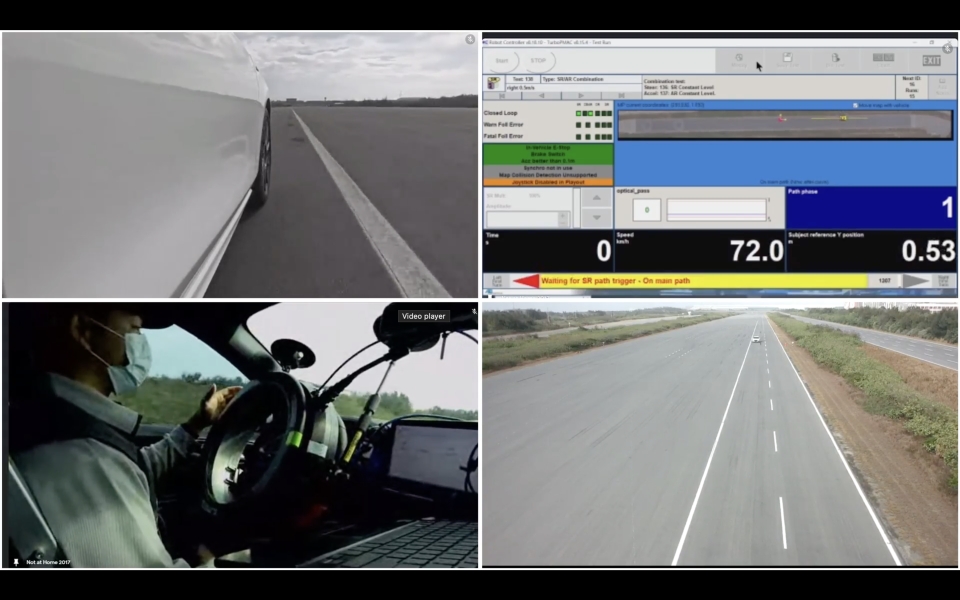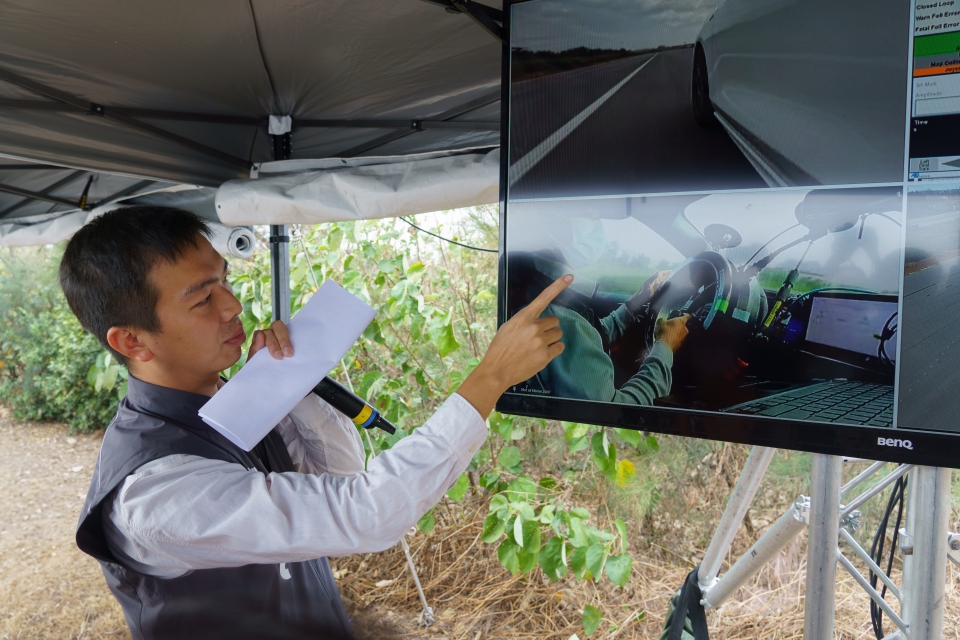On the Road Again! ARTC Showcases Cutting-Edge Automotive Research
2023/12/04 | By Andrew Hsu

ADAS, as an assistance system, employs automated technology like sensors and cameras to detect, recognize, and track various objects encountered in the driving environment. Its ultimate goal is to warn the driver or control the automobile, enhancing overall driving safety.
At the opening ceremony, Chen Yu-Shen, Chief of the Automated Driving Test Section at the Proving Ground Department, introduced the research and development trends of ADAS, broadly categorized into two groups: "Road Scenarios," which encompass situations like the convergence of vehicles in roundabouts, roads under repair, or other challenging road conditions. Additionally, there are formidable challenges posed by adverse climate conditions such as rain, fog, night, and backlighting, which can potentially render ADAS sensors "blind." In response to this, Chen suggested that radar, lidar, and cameras are commonly used as environmental sensors. To overcome challenges in harsh climate environments, he commented that a potential solution could be the implementation of a "sensor fusion" design.
During the presentation, Chen also displayed a detailed graph and elaborated on the functions and systems of ADAS. These include autonomous emergency braking, front collision warning, traffic sign recognition, lane departure warning, lane-keeping assistance, pedestrian detection, park assist, surround-view cameras, adaptive front light, electronic stability control, blind-spot warning, rear cross-traffic alert, rear visibility system…
In the final segment of the Inspection Tour, ARTC also tested its lane departure warning (LDW) and lane keep assistance (LKA) systems. For LDW, a speed of 72±1 km/h and a side velocity of 0.5 m/s were employed, while for LKA, speeds of both 0.5 m/s and 0.8 m/s were utilized on its proving ground. The test provides perspectives from aerial, onboard, and car window views, along with real-time data display on a computer. The results of the test were significant.





